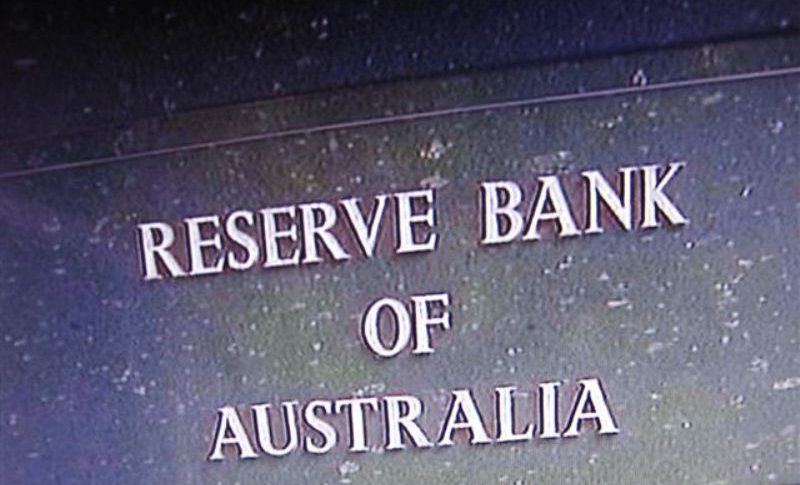USD to NZD Rate Remains Between MAs After the Chinese Data
The USD to NZD exchange rate has been confined within a 170-pip range for most of the year, driven by the parallel monetary policies of the Fed and RBNZ. The sluggish recovery in China has exerted additional pressure on the Kiwi, and today’s Chinese economic data did not offer any relief.
China GDP, Retail Sales and Industrial Production
-
- Industrial Production: The slight deceleration in growth may indicate emerging constraints or a slowdown in demand for industrial goods.
- Retail Sales: The substantial miss points to weakening consumer confidence and spending, which could hamper domestic demand-driven growth.
- Fixed Asset Investment: Stability in investment levels is positive, but the slight decline suggests cautious sentiment among investors.
- Unemployment Rate: The stable unemployment rate is a positive indicator, suggesting that the labor market remains resilient despite economic fluctuations.
- GDP Growth: The significant misses in GDP growth highlight underlying economic challenges, potentially prompting policy responses to stimulate growth.
Industrial Production
- Year-over-Year (YoY):
- Actual: +5.3%
- Expected: 5%
- Previous: 5.6%
Industrial production exceeded expectations but showed a slight deceleration compared to the previous month. This indicates that while industrial activity remains strong, growth momentum is slowing down.
Retail Sales
- Year-over-Year (YoY):
- Actual: +2.0%
- Expected: 3.3%
- Previous: 3.7%
Retail sales significantly missed expectations and decreased from the previous month. This suggests weakening consumer demand, which could be a concern for overall economic growth.
Fixed Asset Investment
- Year-to-Date (YTD):
- Actual: +3.9%
- Expected: 3.9%
- Previous: 4%
Fixed asset investment met expectations but showed a slight decline from the prior period, indicating a slowdown in long-term investment in infrastructure and other fixed assets.
Unemployment Rate
- Actual: 5.0%
- Expected: 5.0%
- Previous: 5.0%
The unemployment rate remained stable and in line with expectations, indicating that the labor market conditions have not worsened, which is a positive sign.
GDP Growth
- Q2 GDP (YoY):
- Actual: +4.7%
- Expected: 5.1%
- Previous: 5.3%
- Q2 GDP (Quarter-over-Quarter, QoQ):
- Actual: +0.7%
- Expected: 1.1%
- Previous: 1.6%
GDP growth for the second quarter significantly missed expectations both on a yearly and quarterly basis. This indicates a notable slowdown in economic activity, suggesting potential headwinds for the economy.
Implications
- Year-over-Year (YoY):
- These mixed signals from the economic indicators suggest that while some areas of the economy remain robust, others are showing signs
China June New House Prices
- June new house prices YoY -4.5% vs -3.9% prior
- June new house prices MoM -0.7% vs -0.7% prior
Today we had a full round of economic data from China, with expectations for all indicators expected to show a slowdown in June. Industrial production and retail sales growth are expected to have slowed in June, with property investment declining and urban unemployment remaining steady at 5%.
The forecast for the second half of the year is similarly grim, with GDP growth anticipated to slow to 4.2% unless substantial stimulus measures are introduced. This data arrives as the Third Plenum of the CCP’s 20th National Congress kicks off, focusing on addressing the housing crisis, enhancing technological self-reliance, and reducing local economic pressures. These topics are set to attract significant attention amidst potential stimulus actions.
NZD/USD Chart Daily – MAs Holding the Range
So, the price continues the up and down action, however, the highs have been progressively lower. In June, the peak reached 0.6220, while July’s high barely touched 0.6153. After the RBNZ announced a “dovish” hold on interest rates following their recent decision, the price dropped by 70 pips, bringing NZD/USD down to 0.6065.
What’s Next for NZD/USD?
The pair ended last week at 0.6117 after the bounce off the 100 SMA (red) which was holding as support at the bottom of the range. The market is leaning towards the prospect of lower interest rates by the FED, influenced by the soft June CPI report which was released on Thursday, but the RBNZ meeting was dovish despite keeping interest rates unchanged at 5.50%and markets are expecting as similar path for both central banks regarding the monetary policy.
Thus, the price actions has been bouncing between MAs, with buying momentum shifting back to selling and vice versa near the limits of the range, which is defined by the 200 daily moving average (purple) at the top and the 100 SMA (red) at the bottom. Going forward, it wouldn’t be surprising to see the price bounce within the range and continue its up-and-down trading pattern.
NZD/USD Live Chart
| Broker | Website | |
|---|---|---|
| 🥇 |  | Visit Broker |
| 🥈 |  | Visit Broker |
| 🥉 |  | Visit Broker |
| 4 |  | Visit Broker |
| 5 |  | Visit Broker |
| 6 |  | Visit Broker |
| 7 |  | Visit Broker |









